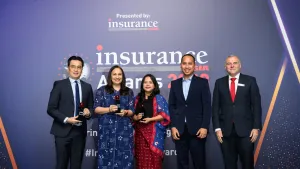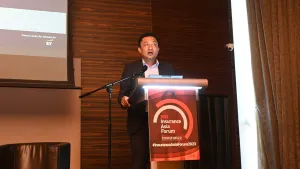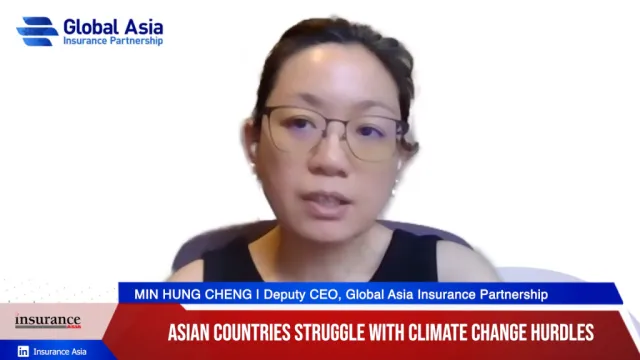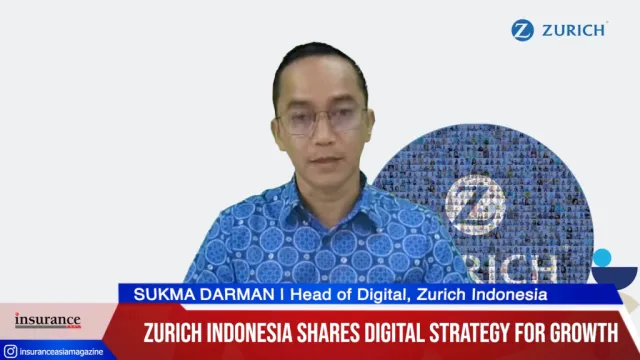
Chinese P&C life insurers premium growth slow 16% in 2017
Non-motor premium growth hit 33%, outpacing total growth in premium at 6%.
The premiums of Hong Kong-listed Chinese property and casualty (P&C) insurance companies slowed 16% YoY in 2017 from 19% in 2016, according to a report from Moody’s Investors Service.
The non-motor business was able to sustain overall business growth after it grew 33% on average which outpaced the 16% growth in total premium.
"The non-motor business of P&C insurers will remain a crucial driver of premium growth," said Kelvin Kwok, a Moody's associate analyst. "And their motor business will stay vulnerable to a further liberalisation of the sector."
The share of single premium products also fell from 22% in 2016 to 16% in 2017 as insurers narrow their focus on growing high-value products rather than total business scale. The credit rating agency lauded the move as the shift towards regular premium products is poised to bring more stable future cash inflows for insurers.
Some large insurers like Ping An Life and CPIC Life are further ahead of this transition than smaller listed insurers, Moody’s added.
The insurers include China Life Insurance Co Ltd, Ping An Life Insurance Company of China, Ltd., China Pacific Life Insurance Co., Ltd., New China Life Insurance Company Ltd., PICC Life Insurance Company Limited, and Taiping Life Insurance Company Limited.
Here's more from Moody's Investors Service:
Agency channel becomes more dominant. Individual agents contributed 75% of total premiums among these six insurers in 2017, up from 70% in 2016. The number of insurers' agents rose to a record of 4.8 million, a 61% increase in the past two years. The persistency ratio, which refers to the proportion of policies that are still effective after a certain period of time and measures the quality of agents, also improved. This is line with a product strategy that focuses on higher margin products with protection elements. Agents are a more effective distribution channel for these types of products.
Slight increase in investment risk. The six insurers' asset allocation to higher-risk investments including property and equity continued to increase. Higher-risk investments were 19% of total investment portfolios at the end of 2017, from 17% a year earlier. Overall, the insurers' risk appetite remains moderate because most investment is still in fixed income. This situation is likely remain given the heightened regulatory oversight on asset-liability management. However, the increase in alternative investments remains a concern as these types of investments are generally less liquid with lower transparency than standardized investments like bonds and equities.
Accounting earnings rebound, helped by improved investment income and a slower insurance reserve strengthening. The six insurers' net incomes in coming years will be supported by stable insurance profit from in-force books. In addition, the reserve valuation rate, which is based on 750-day moving average of spot government bond yields, and is used as denominator for reserve
calculation, has started to bottom out. This situation will also help earnings by allowing the insurers to release their reserves.Capital positions remain strong. All six insurers are well capitalized with solvency ratios sufficiently above the regulatory minimum ratio of 100%. The insurers' current strategic shift toward value creation instead of business scale should sustain profitability in new business and support capitalization in coming years.










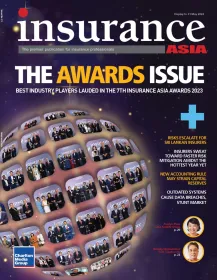
 Advertise
Advertise

